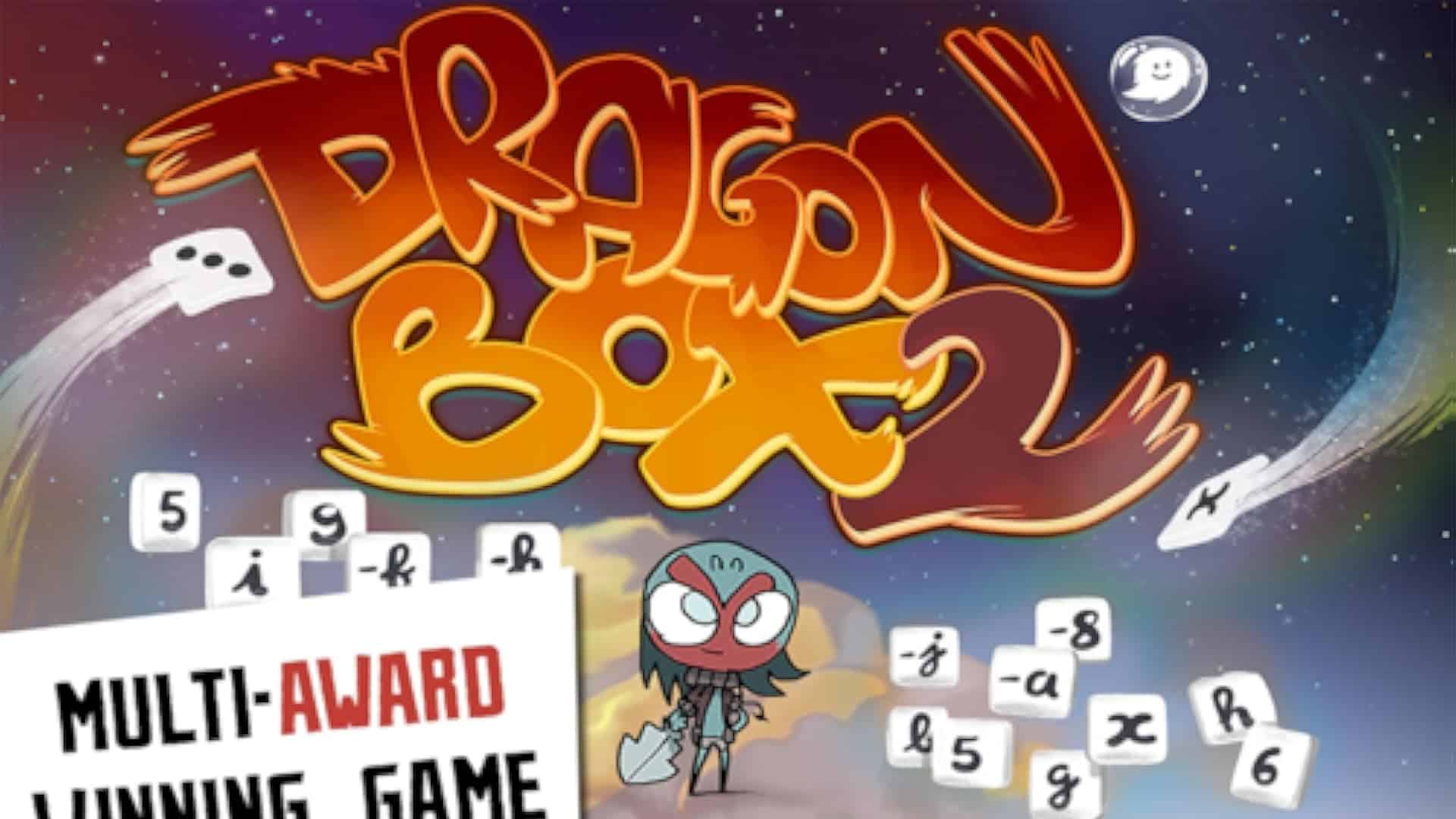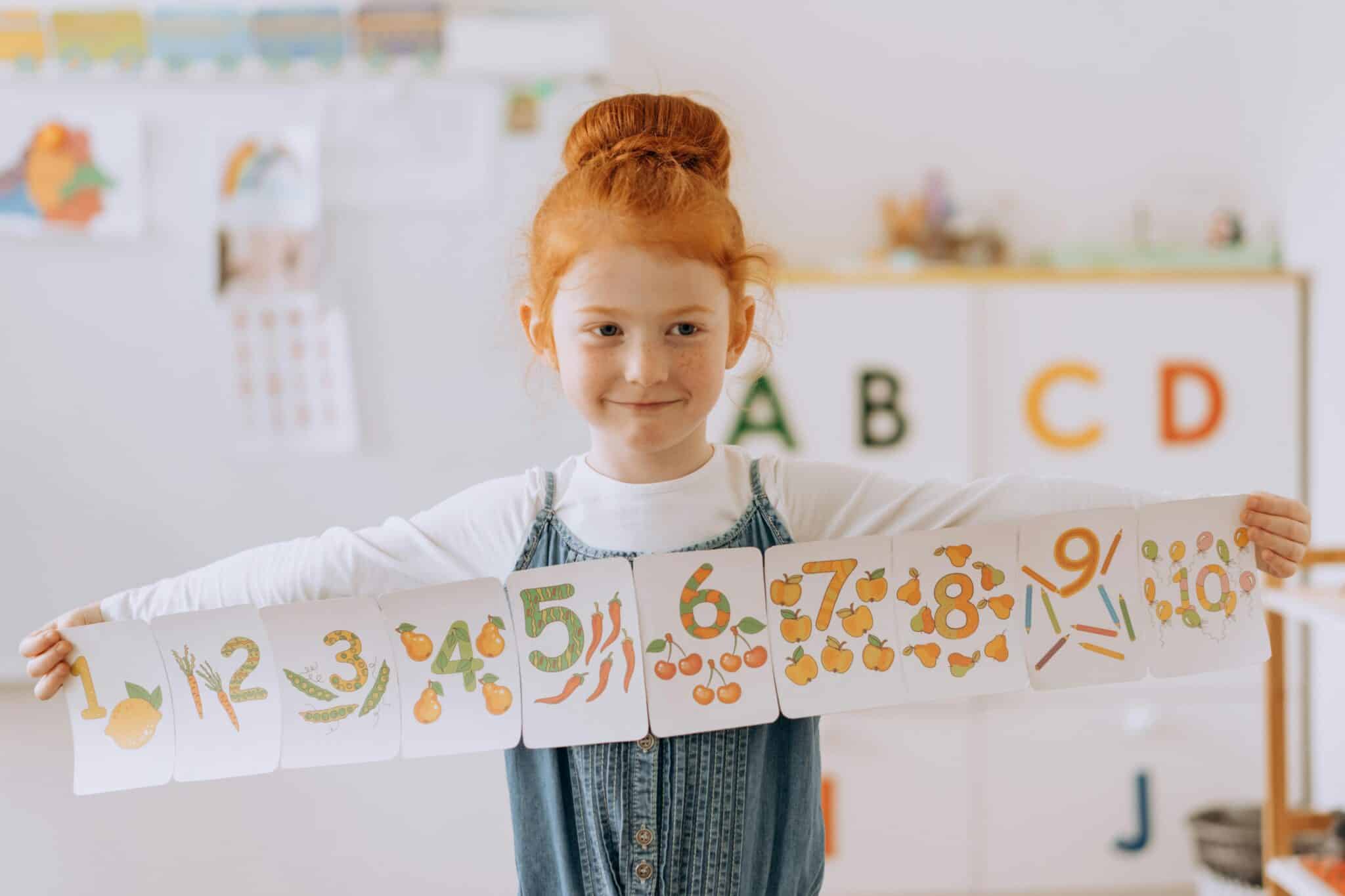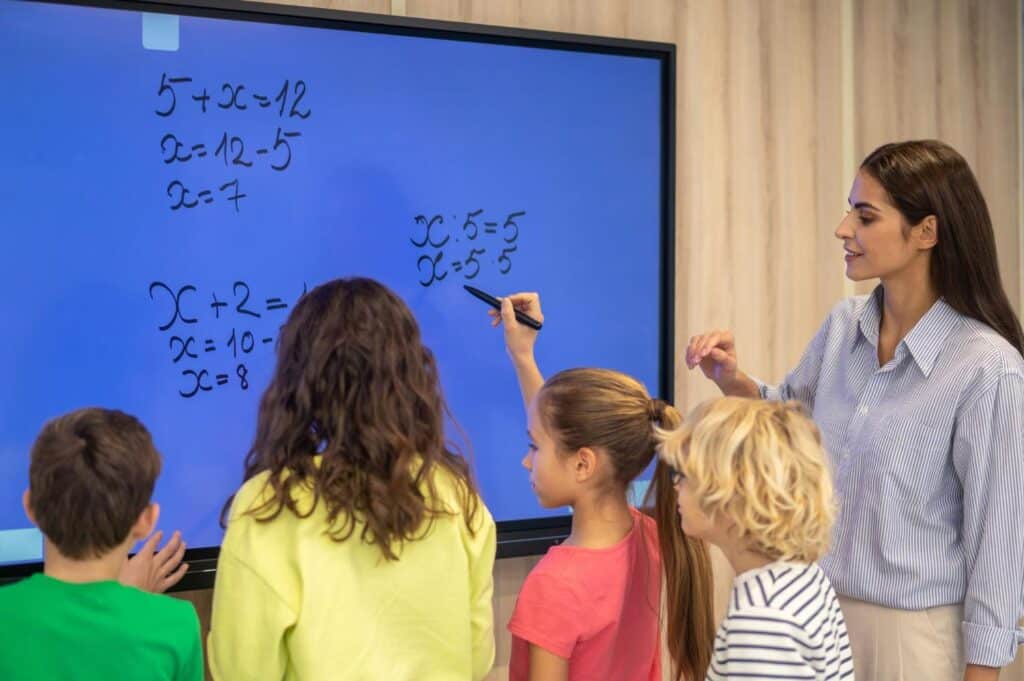Let’s be honest: convincing a kid to enjoy math can feel like trying to sell socks to a fish. But—plot twist—when math is embedded in games? Boom. Suddenly, you’ve got an eight-year-old who won’t stop calculating fractions because there’s a dragon that needs slaying or a pizza that needs slicing just right. Below, we break down the top 10 math games that truly teach kids, not just entertain them with shiny numbers.
1. Prodigy: Magic Meets Multiplication
There’s a reason Prodigy has over 50 million registered users. It takes the classic role-playing format and infuses it with math-based battles. Kids solve equations to cast spells, power up characters, and defeat monsters. The game adjusts difficulty based on performance—clever. Teachers love it, and kids don’t realize they’re essentially doing homework in disguise.
2. Math Solver Extension: A Hidden Tool for Learning
Not every game needs dragons and pirate ships. Sometimes, teaching happens quietly in the background. Enter the Math Solver for Chrome—a tool that scans math problems and guides kids through solving steps. It’s easy to get, and in return the math solver will help you gain insight and better understand the types of problems and how to solve them. It’s not a game per se, but many math games and platforms now integrate solver-style hints.
Here’s the twist: when used correctly, it doesn’t just give the answer. It teaches the process. Like training wheels that slowly vanish, kids eventually internalize the steps. Ideal for homework support, especially when parents feel out of their depth.
3. Mathland: A Swashbuckling Journey of Numbers
Mathland puts players in the shoes of Ray, a pirate on a math-fueled treasure hunt. There’s no waiting around—kids dive straight into number operations while dodging traps and solving puzzles. Multiplication? Fractions? Division? All wrapped up in an island adventure. For ages 6–12, it’s not just arithmetic—it’s an odyssey.
4. Osmo Numbers: Physical + Digital Learning
Osmo uses tangible tiles and a reflective camera system to let kids interact with numbers in real life while watching results play out on the screen. Imagine stacking number tiles and watching fish multiply in a virtual aquarium. The tactile approach boosts retention—hands-on learners show 75% better long-term comprehension.
5. Coolmath Games: More Than Just “Fun”
Yes, the name sounds like a misdirect, but don’t let that fool you. Coolmath Games isn’t just time-wasting fluff. Beneath the arcade-style graphics are logic puzzles, pattern recognition challenges, and games that secretly require a firm grasp on addition, subtraction, and problem-solving. It’s web-based and free, perfect for after-school digital wandering with a purpose.
6. Math Bingo: Because Everyone Loves a Win
Sometimes, simplicity works. Math Bingo offers five modes—addition, subtraction, multiplication, division, and mixed. Correct answers fill a bingo card; five in a row wins. But here’s the twist: wrong answers release silly, animated bugs. It’s addictive in the way only classic games can be. Great for early learners and classrooms alike.
7. Motion Math: Real World Numbers, Real Fast
Want to teach kids how numbers relate to real-world concepts like fractions, decimals, and percentages? Enter Motion Math. It uses visual metaphors and fast-paced games to connect abstract math to concrete actions. A 2012 Stanford study found 20% increases in test performance after just five days of play.
8. DragonBox Series: Algebra in Disguise
No, it’s not just a quirky name. DragonBox has multiple titles—covering everything from early arithmetic to high school algebra. The genius of this series? It doesn’t start with numbers. Players manipulate shapes and symbols that gradually become equations. By the time real math appears, kids are already doing it. Studies show that 93% of kids using DragonBox improve their algebra skills within weeks.

9. Math Playground: Strategic Thinking Galore
With a name that sounds like recess, Math Playground offers logic games, story-based problem sets, and even coding challenges. There’s a good mix of curriculum-based content and fun diversions—plus puzzles like Bloxorz and Sugar, Sugar, which sneakily teach geometry and trajectory. It’s a go-to for classrooms and rainy-day math.
10. Kahoot! Math Quizzes: Competitive, Loud, and Learning-Filled
Kahoot! transforms math practice into high-stakes (and often hilarious) competition. Teachers create or select math quizzes, and kids race to answer them live on screen. Every correct answer earns points; every fast answer earns more. Engagement skyrockets. In fact, a 2020 study reported 90% increased student participation during Kahoot!-based lessons.
Why These Games Work (When Worksheets Don’t)
Here’s the bottom line: kids learn best when they’re not being taught—at least, not in the traditional sense. These games:
- Offer instant feedback.
- Turn mistakes into puzzles.
- Tap into intrinsic motivation (beat the level, win the game).
- Encourage repetition without boredom.
Plus, platforms that adapt difficulty on-the-fly help prevent frustration or stagnation. Research from the Education Development Center suggests that adaptive learning tools can improve math comprehension by up to 35% compared to static paper assignments.
Final Numbers: Math Is Fun—If You Sneak Up On It

You don’t need a classroom, textbook, or even a calculator. All you need is a clever disguise. Wrap math in a digital quest, give it color, movement, and purpose, and watch as kids begin to count, calculate, and conquer without a single groan.
So—are these just games? Not really. They’re Trojan horses of learning, sneaking into screen time and leaving behind a trail of problem-solving skills. And maybe—just maybe—they’ll help raise a generation that doesn’t fear math but plays it.
Just don’t tell them that part.
















